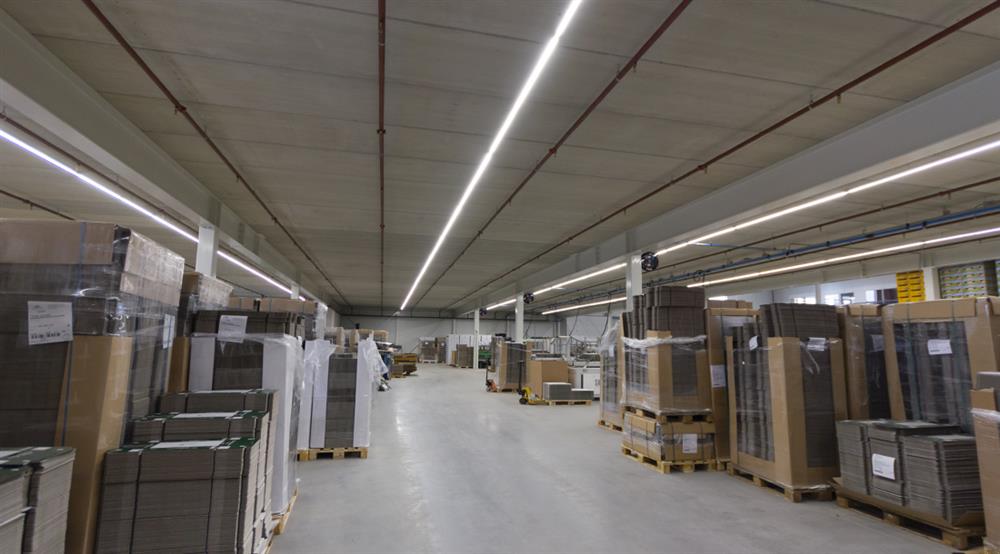
The term Kelvin is a term you will encounter by default when purchasing lighting. Kelvin (also shown as “K”) represents the color temperature of lighting. This temperature can greatly determine the atmosphere of a room. The Kelvin can vary enormously: from warm white light to daylight. Kelvin is represented in a value: the lower the value, the warmer the color of the light (red). On average, this is all lighting up to 3000 K. For all lighting higher than 3000 K, the color temperature becomes colder.
Table Kelvin value in lighting
| Appearance | Color temperature in Kelvin |
| Warm white | < 2700 K |
| White | 3000 K |
| Cool white | 4000 K |
| Daylight | 6500 K |
2700 Kelvin
When you come across lighting with the Kelvin value 2700 this stands for (extra) warm white as a color temperature. Lighting with this value creates a lot of atmosphere in a room. This is used a lot in places where the atmosphere is therefore very important. Think hospitality, cinema/theater halls or hotels.
4000 Kelvin
Lighting with 4000 Kelvin is a fairly neutral color temperature and keeps one focused. This Kelvin value is suitable for office buildings, conference rooms or in education, for example.
3000 Kelvin
Lighting with 3000 Kelvin represents white light. This one tends mostly toward warm white light and looks yellow to the eye. This lighting is also mood-enhancing in a room. Lighting with 3000 Kelvin is often used in atmospheric rooms with a working function. Think locker rooms, halls or counters. 3000 Kelvin is also very suitable for outdoor lighting.
How many Kelvin is daylight?
Daylight is represented as 6500 Kelvin. This is especially important in rooms where clear, bright light is a requirement. Think operating rooms or workshops.
Changing color temperature with Tunable White
It is possible to purchase lighting that is adjustable by color temperature (Kelvin). This is usually LED lighting. The term for this is Tunable White. Not every type of lighting has this option.
Dim and adjust color temperature with Dim-to-warm lighting
In addition to Tunable White lighting, Dim-to-warm LED lighting also exists. This lighting has a dual function. With these lights, you can dim the brightness which means you reduce the brightness. But at the same time as dimming, the color temperature of the lighting also changes. Dimming causes the light to get warmer and warmer, thus lowering the Kelvin value.